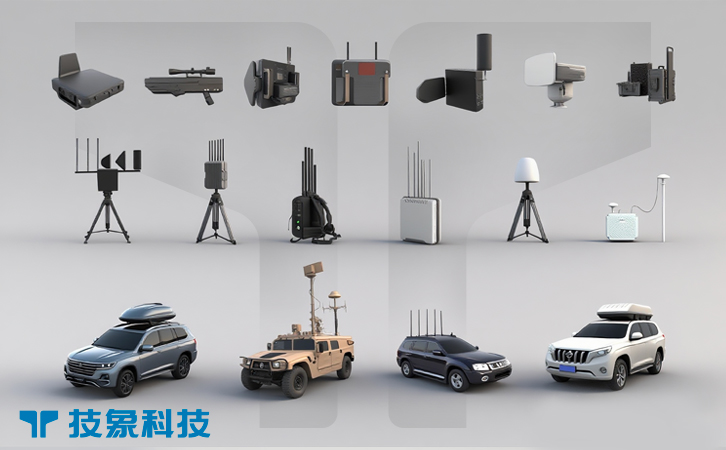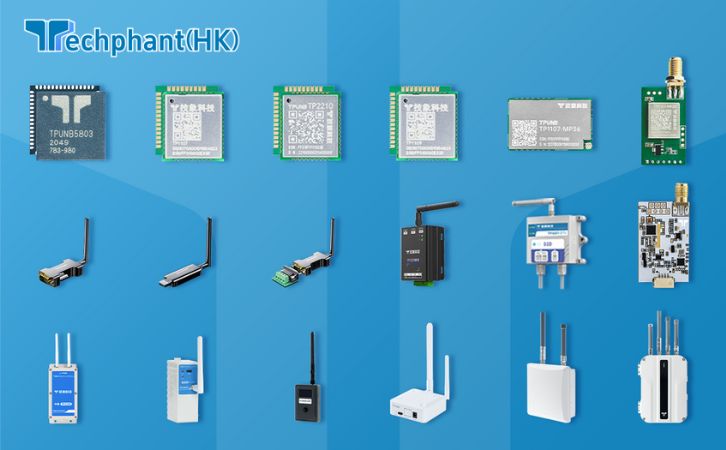The global drone surge in 2025, with over 6 million unmanned aerial vehicles (UAVs) in operation, has heightened the challenge of tracking rogue drones that evade traditional detection in complex environments. Drone tracking beacons, small devices attached to or integrated with UAVs that emit unique identifiers via radio signals, enable real-time monitoring and surveillance to counter unauthorized drone activity. These systems allow authorities to track drone movements, distinguish friend from foe, and coordinate responses, making them ideal for airspace management over urban areas, events, or restricted zones. Unlike radar or RF sensors, beacons provide precise identification without reliance on external signatures, enhancing traceability. This article explores the evasive drone threat, the mechanics of tracking beacons, their real-world applications, and the challenges and future potential of this surveillance-focused counter-UAV technology.
I. The Evasive Drone Threat and Need for Tracking Beacons
Rogue drones have become increasingly evasive, using stealth or encrypted signals to avoid detection, with over 2,500 incidents reported globally in 2024, including unauthorized flights over airports and sensitive sites, causing millions in disruptions. In military contexts like Ukraine, drones employ low-signature tactics for espionage or attacks, while civilian risks include smuggling or filming in restricted areas, exploiting cluttered environments to blend in.
Traditional detection like radar struggles with small or stealthy UAVs, and RF sensors fail against signal-silent drones. Drone tracking beacons address this by providing a unique, trackable signal, enabling identification and monitoring even in complex settings. Their role is critical for airspace control, as seen in 2025 FAA trials where beacons tracked drones over urban zones. The DEFENSE Act, enacted in September 2025, supports beacon integration for civilian airspace security, emphasizing their importance in countering evasive drones through persistent, identifiable surveillance.
II. Mechanics of Drone Tracking Beacons
Drone tracking beacons are compact devices (under 100 grams) that transmit unique identifiers via radio signals, typically on dedicated frequencies like 900 MHz or 1.9 GHz, compatible with ADS-B or Remote ID protocols. Systems like uAvionix’s pingStation integrate with ground receivers to track drone position, altitude, and ID in real-time, feeding data to command centers. Beacons can be pre-installed by manufacturers or retrofitted for compliance, broadcasting encrypted signals to prevent tampering.
The process involves beacon activation upon drone takeoff, continuous signal emission for tracking, and integration with software for visualization on maps or apps. AI enhances data analysis, correlating beacon signals with sensor inputs to confirm threats. Advantages include precise identification, low power use, and compatibility with existing air traffic systems. Limitations include dependency on drone compliance (rogue operators may disable beacons) and signal range (typically 5-10 km). In 2025, advancements in encrypted beacon protocols and cloud-based analytics have improved reliability, making tracking beacons a key tool in C-UAS surveillance strategies.
III. Applications and Real-World Deployments
Tracking beacons are deployed in civilian and military contexts, enabling real-time surveillance of drone activity. In civilian applications, airports like those in the EU use beacons to monitor compliant UAVs, distinguishing them from rogue drones, as tested in 2025 trials to prevent runway incidents. Events like the 2025 Coachella festival employed beacon systems to track authorized drones, flagging unauthorized ones for interception. Urban airspace management integrates beacons to enforce no-fly zones, reducing violations by 40% in U.S. cities.
In military applications, beacons enhance situational awareness. The U.S. Air Force’s 2025 exercises used beacon-equipped allied drones to differentiate them from enemy UAVs, coordinating laser strikes. Border security, like Canada’s CBSA, tracks smuggling drones with beacons, aiding forensic tracing. The Counter UAS Technology USA Conference in December 2025 showcased these, emphasizing integration with C2 systems for layered defense. Success relies on widespread adoption and ground receiver networks, but beacons’ traceability makes them indispensable for airspace control.
IV. Challenges and Future Prospects
Tracking beacons face adoption, technical, and security challenges. Non-compliant rogue drones may disable beacons, requiring backup sensors, while urban signal interference reduces range. Costs start at $1,000 per drone for retrofit kits, escalating for ground infrastructure.
Regulatory hurdles include FAA mandates for beacon compliance, though the September 2025 DEFENSE Act incentivizes adoption for security. Ethical concerns involve privacy from constant tracking, necessitating data encryption under ITU guidelines. Future prospects are strong, with 2025 innovations in low-power beacons and blockchain for secure IDs. By 2030, the counter-UAS market grows, with beacons leading for surveillance. Policy support ensures ethical use, positioning tracking beacons as a foundation of airspace management.
Conclusion
Drone tracking beacons provide real-time surveillance, identifying and monitoring UAVs in 2025’s evasive threats. Their precise tracking makes them ideal for airports, events, and military operations, complementing detection-based C-UAS tools. Despite challenges like compliance and costs, real-world successes and emerging innovations highlight their potential. As drone threats evolve, beacons—supported by policy reforms—will remain vital in layered defenses. By overcoming hurdles, stakeholders can leverage this technology to secure airspaces, ensuring traceability and safety in a drone-dominated world.



